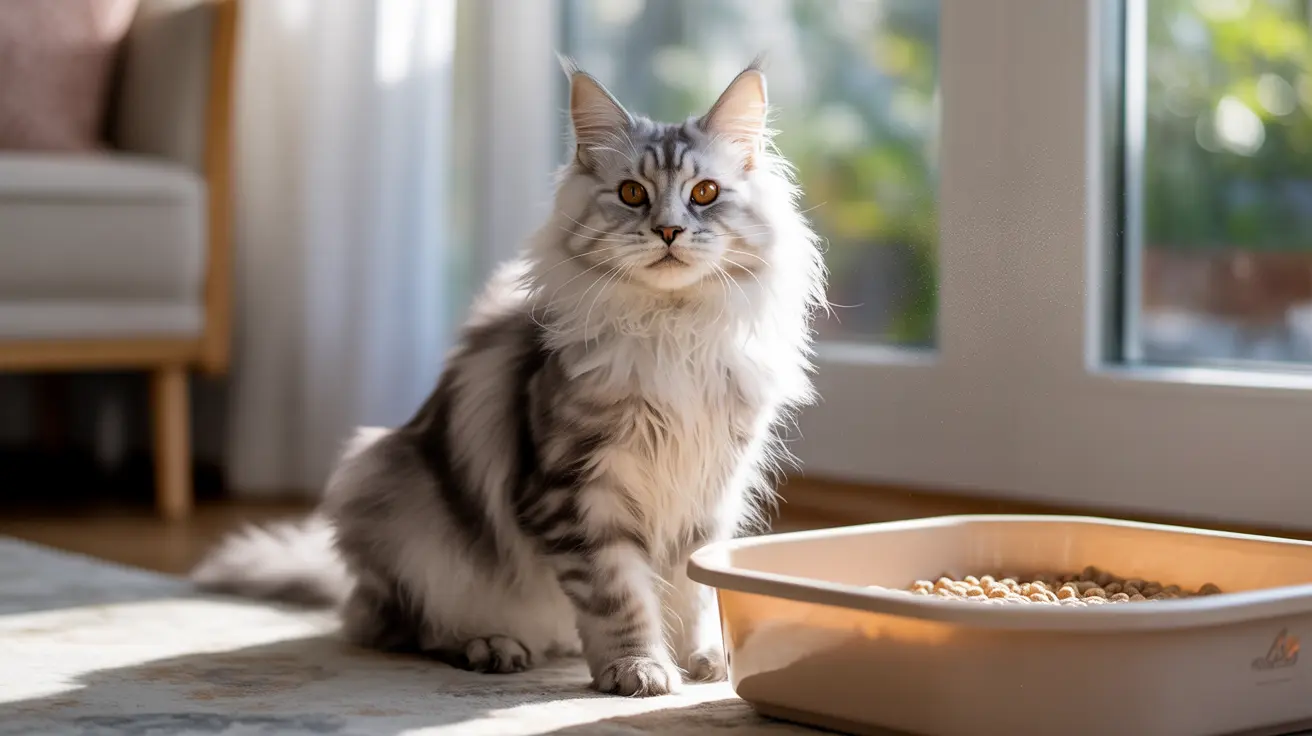Why Do Dogs Hide Their Treats?
If you’ve ever watched your dog nose a biscuit under the couch cushion or dig a hole in the backyard to bury a favorite chew, you’re not alone. Many pet owners notice this quirky behavior and wonder what’s going on in their furry friend’s mind. Let’s explore why dogs hide their treats and what this says about their instincts and environment.
The Instinct Behind Hiding Treats
At its core, hiding treats is an ancient survival strategy. Long before dogs became our loyal companions lounging on sofas, their wild ancestors—wolves—had to compete fiercely for food. When they found more than they could eat, they’d stash leftovers somewhere safe so other predators or pack members wouldn’t snatch them away. This behavior, called caching, helped ensure survival during lean times.
- Wolves and wild canines cache food to save for later.
- This prevents waste and loss to competitors.
Your domesticated dog doesn’t face starvation or rival packs at home, but those instincts remain strong. Even with regular meals, the urge to save extra snacks persists.
Modern Triggers for Treat-Hiding
Several factors can prompt your dog to hide treats:
- Abundance: If your dog receives more treats than they want at once, they may stash some for later enjoyment.
- Perceived Threat: In multi-pet households or busy environments, dogs might feel competition—even if there isn’t any real threat—and hide their goodies.
- Boredom: Some dogs turn treat-hiding into a game when they’re understimulated or looking for entertainment.
You might notice your dog hiding treats more often after a big meal or when new pets (or even guests) are around. It’s not just about hunger—it’s about feeling secure that their prized possession won’t disappear.
The Process: How Dogs Hide Treats
- Your dog finds a treat they want to save.
- They search for a suitable hiding spot—under furniture, behind cushions, in the yard, or even in laundry piles.
- The dog noses or paws at the area to create a space (sometimes making quite a mess!).
- Treat goes in; sometimes they’ll cover it with toys, blankets, or dirt.
This ritual can be surprisingly elaborate. Some dogs will check on their hidden treat multiple times or move it if they sense someone has discovered the stash.
Should You Be Concerned?
For most dogs, hiding treats is harmless and even healthy—it exercises problem-solving skills and satisfies natural urges. However, excessive hoarding may signal anxiety or insecurity. If your dog becomes possessive or aggressive over hidden items, consider these tips:
- Limit treat access so there’s less incentive to hoard.
- Create predictable routines around feeding time.
- Offer plenty of playtime and attention to reduce boredom-driven behaviors.
If you suspect stress is driving the behavior (especially after changes at home), consult your veterinarian or a professional trainer for advice tailored to your pet’s needs.
Cute Quirks and Practical Tips
- If hidden treats start creating messes (like buried chews in potted plants), gently redirect your dog without scolding—they’re just following instincts!
- Rotate toys and offer puzzle feeders to keep them engaged without needing to stash food everywhere.
Most importantly, enjoy these glimpses into your dog’s ancestral past. Watching them carefully select and hide their treasures can be both amusing and endearing—a reminder of how deeply nature shapes even our most domesticated friends.





